7 Elements Of Interior Design
The seven elements and principles of interior design serve as a magical guide for creative inspiration. If you find yourself in a home decor rut, revisiting these foundational concepts can breathe new life into your design approach. Embrace the basics to unlock a world of possibilities and discover how each element and principle contributes to a harmonious and aesthetically pleasing interior. Read on and let the magic of these seven principles inspire your journey into transformative and imaginative home decor.
What Are the 7 Basic Elements of Interior Design?
In the realm of interior design, the age-old saying “The whole is more than the sum of its parts” holds true. Decorating is an art of illusion, achieved by skillfully balancing and harmonizing various elements. Drawing a parallel with culinary mastery, understanding the components of favorite recipes leads to culinary expertise. Similarly, delving into the seven elements of interior design provides the foundation for decorating prowess.
These seven crucial elements—Color, Form, Light, Line, Pattern, Texture, and Space—serve as the essential ingredients for crafting captivating interiors. Color introduces vibrancy and mood, form establishes the shape and structure of elements, while light dictates ambiance and visibility. Lines guide the eye, patterns add visual interest, and texture engages both the tactile and visual senses. Space, the final element, determines the arrangement and interaction of all others within a given environment.
By comprehending and manipulating these elements, decorators orchestrate a symphony that transcends individual features, creating a cohesive and visually arresting whole. Embracing the intricacies of each element allows for the mastery of interior design, unlocking the potential to transform spaces into personalized and harmonious sanctuaries.
Color
Color transcends mere aesthetics; it wields the power to shape the mood and ambiance of a space. Red exudes passion, blue and green evoke tranquility, while yellow radiates happiness. Consider not just personal preferences, but also the energy and attitude you wish to cultivate when selecting a color scheme for a room.
Moreover, color has the remarkable ability to influence the perceived size of a space. Bright colors, like white, create a sense of expansiveness, making a room feel larger, while darker hues, such as black, impart a cozy intimacy, rendering a room smaller. Your color choices act as the foundational building blocks for your space, setting the tone for the entire design.
Whether opting for vibrant, eye-catching hues or embracing a more neutral palette, the chosen color scheme serves as a pivotal element in the overall design process. By thoughtfully selecting your color scheme in advance, you establish a framework that guides subsequent design decisions, ensuring a cohesive and intentional aesthetic throughout the entire space.
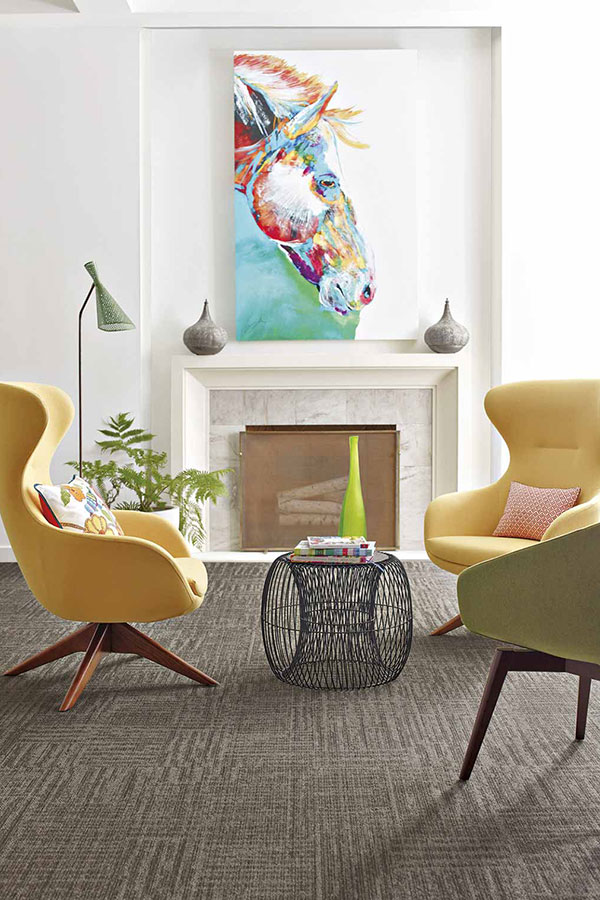
Form
Form, synonymous with shape, delineates the contours of artworks, furniture, and various decorative objects within a space. It encompasses both the overall shape of the room and the design elements within it. Form is intricately tied to balance and the presence of natural or geometric shapes.
In the realm of furniture, lighting, and flooring, there is a duality between natural shapes and geometric forms. Natural shapes exude authenticity and irregularity, often embodying curvilinear or abstract patterns. On the other hand, geometric forms are characterized by precise, man-made lines and edges. The boldness of geometric shapes contrasts with the softer, more nuanced appearance of natural shapes.
Understanding and manipulating form in interior design is pivotal for achieving balance and visual harmony. Whether opting for the bold impact of geometric forms or the gentle allure of natural shapes, the interplay of forms shapes the aesthetic character of a room, contributing to its overall design language.
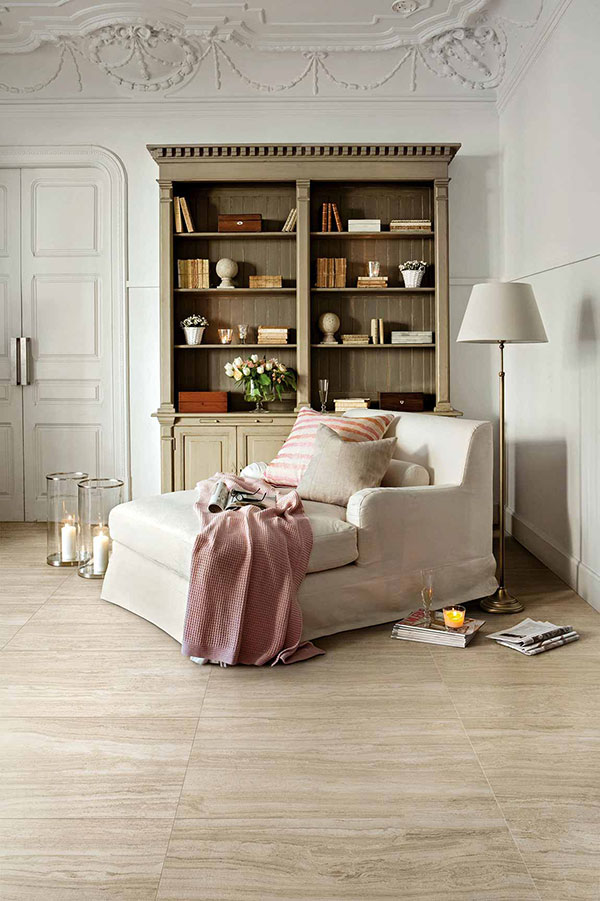
Light
Certainly, the impact of lighting on our perception is profound; it can turn a photograph from captivating to cringe-worthy. Lighting, be it natural or artificial, plays a pivotal role in defining the quality and mood of a space. Achieving a harmonious balance between natural and artificial light is crucial for ensuring a visually appealing environment throughout the day.
Mood lighting becomes a conductor, setting the overall tone of a space. The choice between natural light and artificial sources should be deliberate, taking into consideration factors such as the color temperature of the light (cool blue or warm yellow), its intensity (bright for task-oriented areas or soft for ambient spaces), and the desirability of dimmable options.
In essence, lighting design is an art that goes beyond mere functionality. It has the power to enhance the aesthetics, evoke emotions, and transform the atmosphere of a room. Thoughtfully considering these lighting factors during the design process ensures that your space looks and feels inviting, adjusting seamlessly to different needs and occasions.
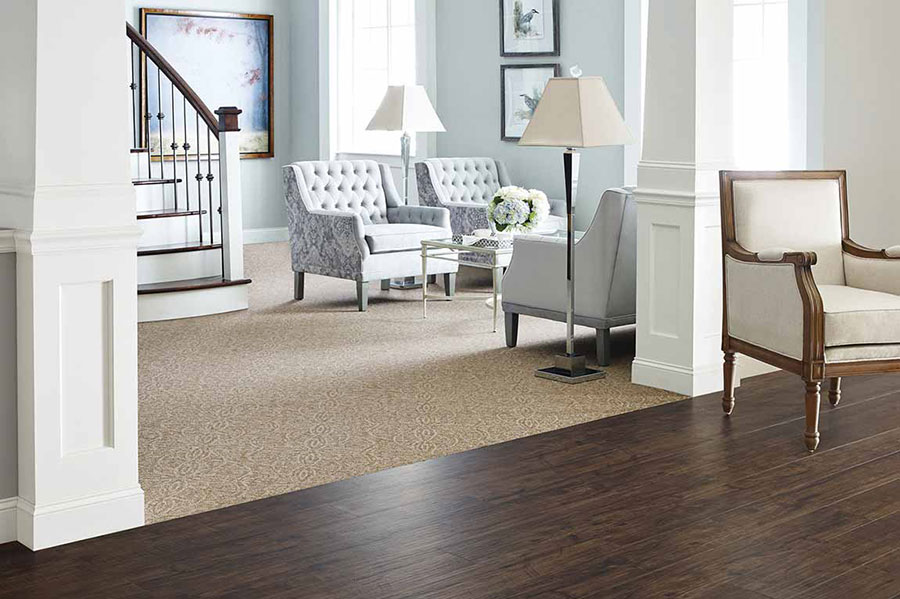
Line
Line in interior design serves as the delineation around forms and shapes, akin to the perimeter of an object when drawn. It establishes directionality within a space, guiding the eye towards focal points and contributing to the overall structure of the design.
Lines influence the mood and perception of a space. Vertical lines, found in elements like doors, fireplaces, and windows, convey boldness and expressiveness, while horizontal lines, often present in furnishings like tables and chairs, instill a sense of stability and security. The interplay between these lines creates a visual language that impacts how we experience and interpret a room.
Dynamic lines, following unconventional patterns and rules, introduce an element of excitement to a space. Diagonals and zigzags are examples of dynamic lines that, when strategically incorporated, add visual interest and energy. Line, as a fundamental design principle, plays a crucial role in orchestrating the visual flow and character of an interior, contributing to a harmonious and engaging design.
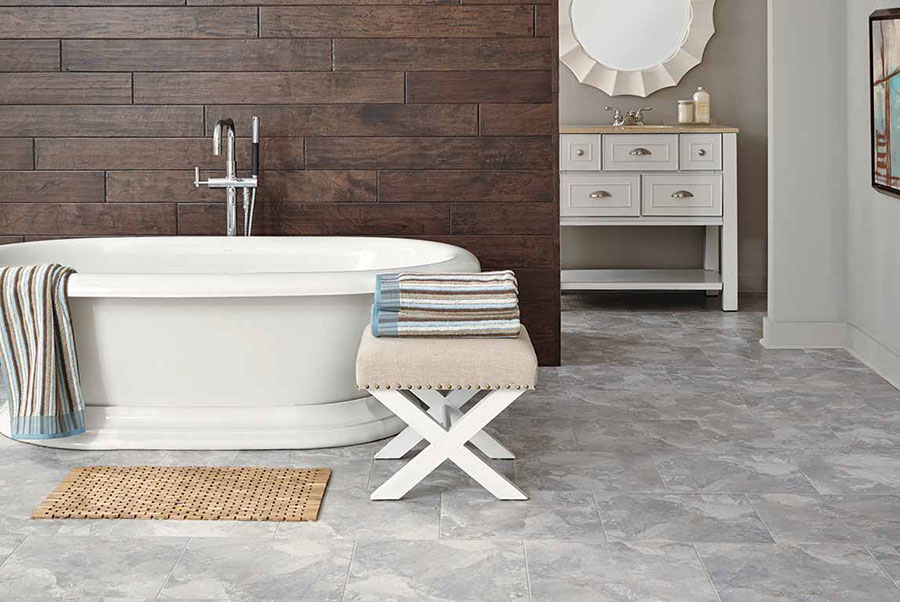
Pattern
Patterns, deliberate repetitions of forms or design elements, inject interest and excitement into a room’s aesthetic. Whether gracing wallpaper, fabrics, or unexpected places like lighting fixtures, patterns contribute visual texture and are available in a myriad of styles, including abstract, floral, and geometric shapes.
While patterns bring life and motion to a space, a careful approach is necessary to avoid overwhelming clashes. Too many conflicting patterns can create a chaotic visual effect, so it’s crucial to exercise restraint when selecting and combining different prints. Thoughtful consideration of pattern choices ensures a harmonious integration within the overall design, striking the right balance between vibrancy and coherence. Ultimately, patterns play a pivotal role in shaping the character of a space, offering a versatile means of adding personality and visual intrigue to any interior.
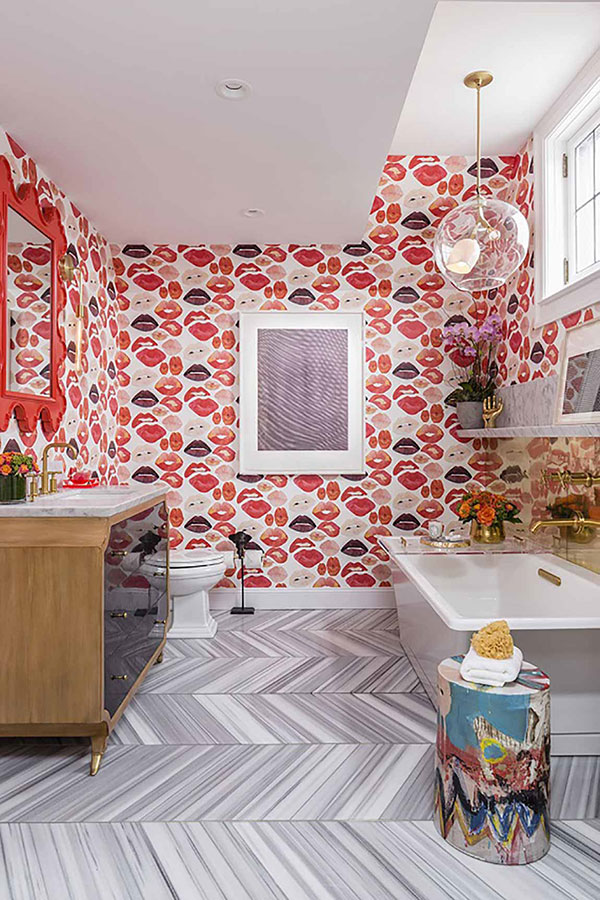
Texture
Texture, distinct from pattern, refers to how an object feels, encompassing both the tactile experience (physical texture) and the visual impression it conveys. An object can appear “weathered” or “vintage” without physical contact, illustrating the impact of creative textural choices.
In the realm of interior design, careful consideration of texture is vital, particularly in areas regularly touched or interacted with, such as flooring. The selection of flooring materials with the right texture contributes to the overall comfort and ambiance of a space. Whether seeking a plush carpet, smooth hardwood, or a more textured surface, flooring choices influence the tactile and visual aspects of a room, setting the foundation for a comfortable and aesthetically pleasing living environment. The expertise of professionals, like those at Flooring America, can guide individuals in finding floors with the perfect texture, ensuring a positive start to every day.
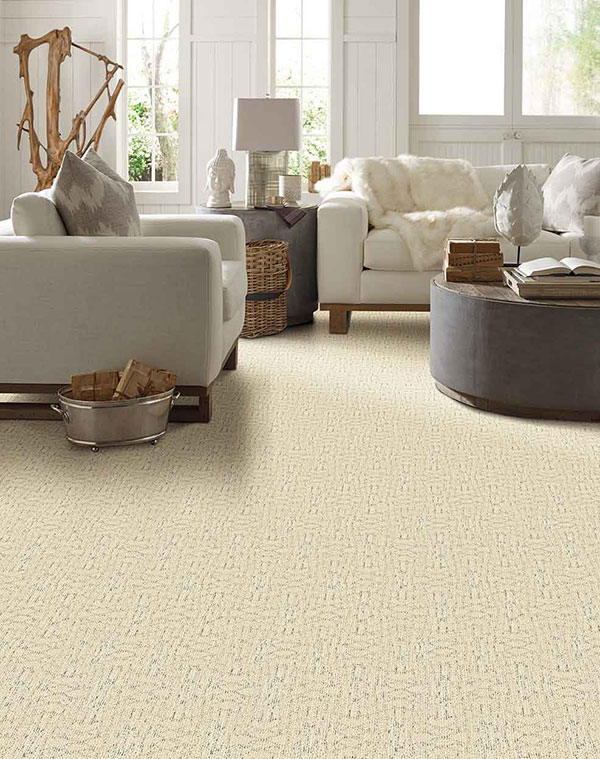
Space
Space stands as a fundamental consideration in every design decision, influencing the overall aesthetic and functionality of a room. Two basic types of space—2-D space (length and width) and 3-D space (height)—form the foundation for spatial considerations in interior design.
In instances like carpets or rugs, the focus may primarily be on 2-D space, accounting for the dimensions of the floor area. However, additions like shelving or furniture require a consideration of 3-D space, extending the analysis to encompass height.
Achieving a balance between positive and negative space is equally crucial. Positive space involves areas filled with furnishings and decor, contributing to the overall design, while negative space refers to empty or unoccupied areas. Balancing these elements ensures a harmonious and well-proportioned spatial arrangement, creating an environment that is not only visually appealing but also functional and inviting.
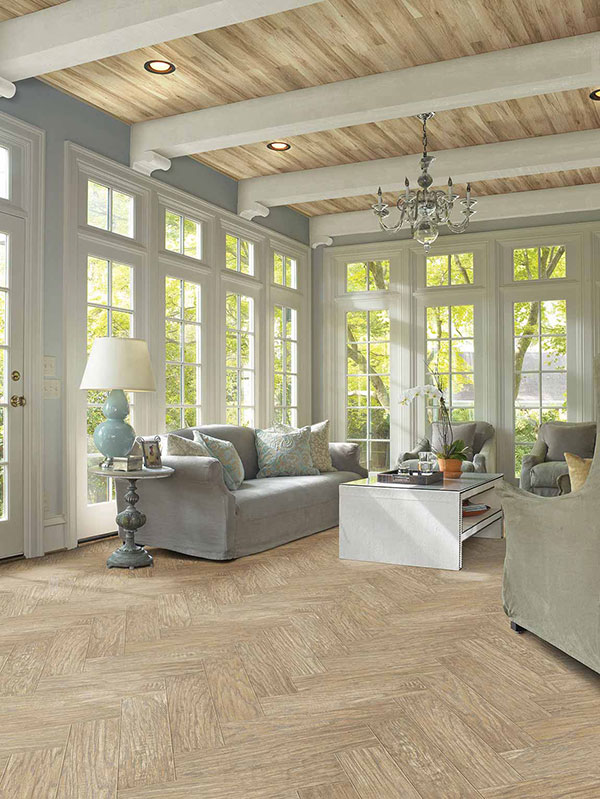
In the realm of interior design, the seven elements—Color, Form, Light, Line, Pattern, Texture, and Space—serve as foundational pillars, shaping the visual and functional aspects of a space. Each element contributes to a harmonious and cohesive design, offering a framework for creative exploration and personal expression.
Color, beyond mere aesthetics, influences mood and perception, while form defines the contours of objects and structures within a space. Lighting, a powerful tool, orchestrates ambiance and visibility, guiding the eye and setting the tone. Line establishes directionality and structure, while patterns and textures add interest, excitement, and tactile richness.
Space, encompassing both 2-D and 3-D dimensions, is at the core of design decisions. Achieving a balance between positive and negative space ensures a well-proportioned and visually appealing spatial arrangement. Together, these elements create a symphony of design, transforming a space into a personalized and harmonious sanctuary.
Understanding and integrating these elements not only elevates the aesthetic appeal of a room but also contributes to a functional and purposeful living environment. The interplay of color, form, light, line, pattern, texture, and space offers endless possibilities for creative expression, allowing individuals to craft spaces that resonate with their unique style and preferences. In essence, mastering these design elements unlocks the potential to transform spaces into engaging and visually captivating havens.

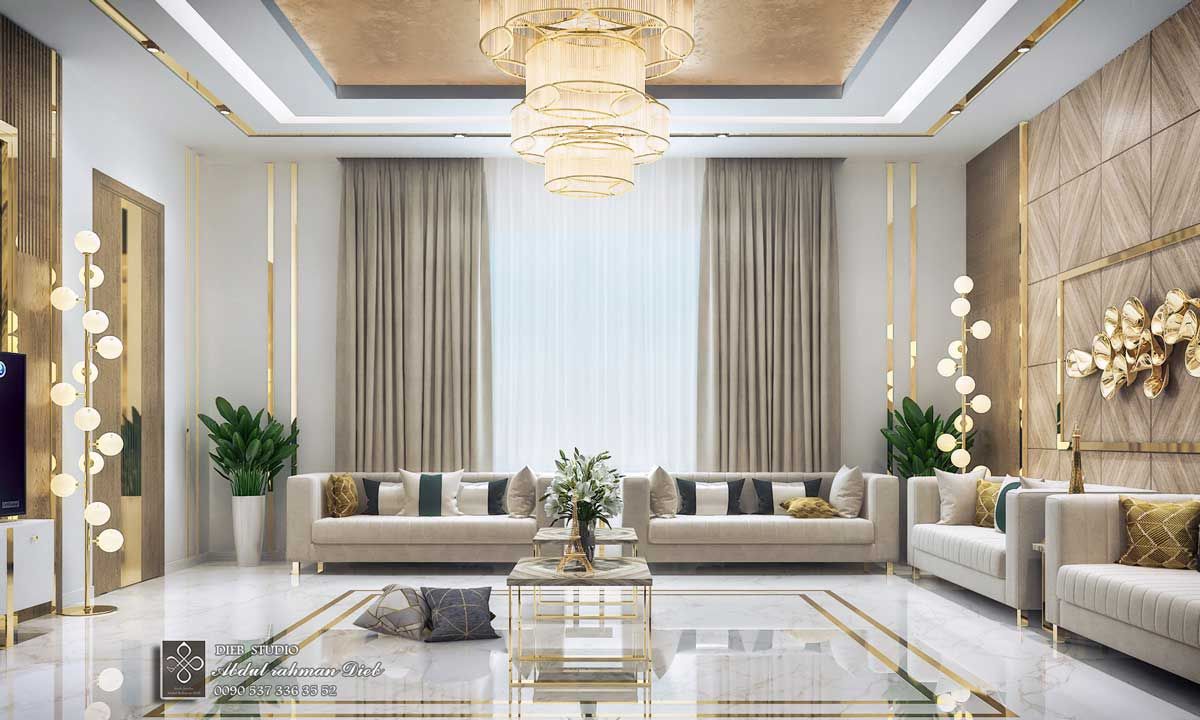




More Stories
How To Clean Shower Glass Doors Soap Scum
How To Turn Off Water To Toilet With No Valve
How To Make A Cheap Patio On Grass